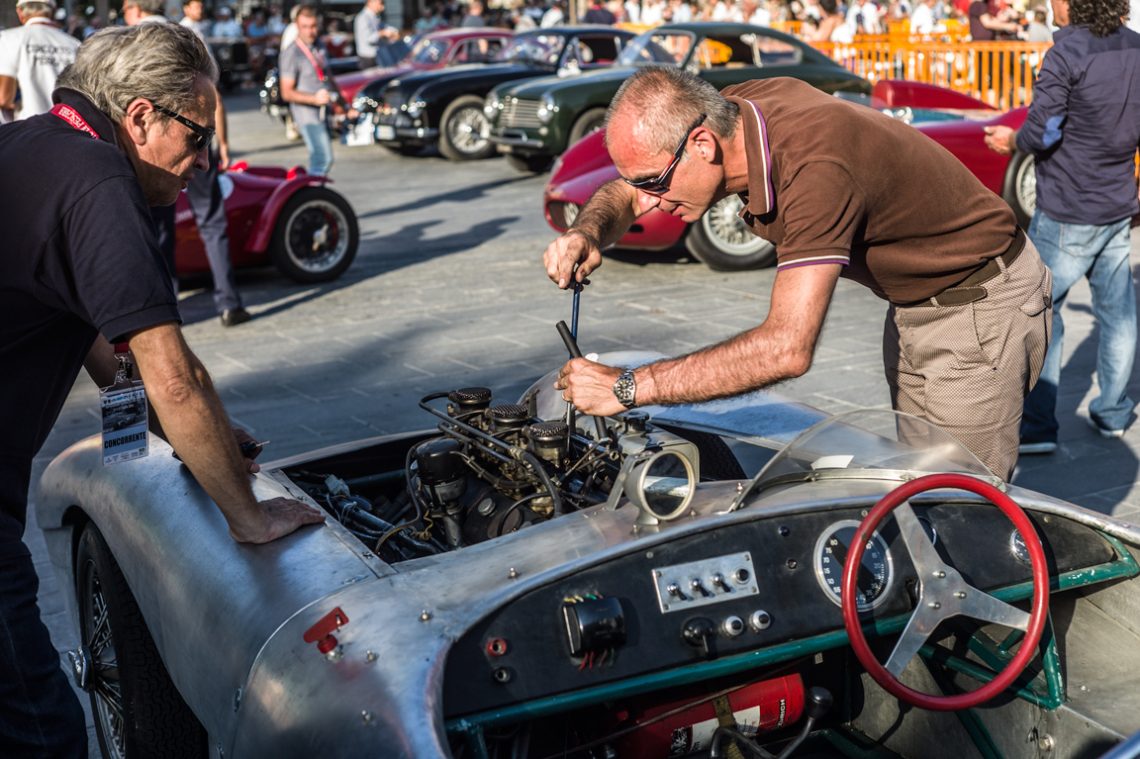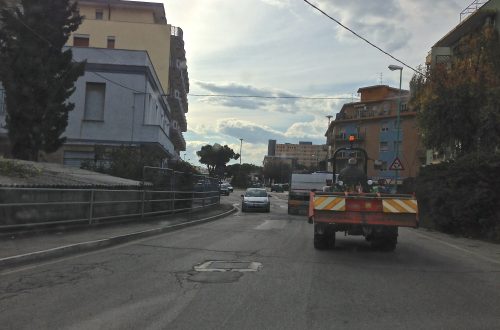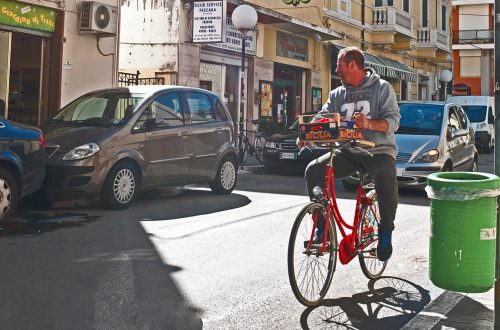
Lotus Tweak
At first glance, it’s a straightforward scene — two men leaning over the open engine bay of a bare-bodied Lotus, spanners in hand, eyes locked on some mechanical nuance that only they understand. But to me, it’s also a portrait of intimacy — not between people, but between man and machine. The bond here is tactile: the smell of fuel, the heat radiating off aluminium, the gentle precision of a carburettor adjustment.
The Leica M9 lends itself well to this kind of work. The CCD sensor has that distinctive tonal rendering that keeps the colours honest but rich — the brushed metal gleam of the car body, the deep reds of the steering wheel and the backdrop of classic cars, all balancing without a hint of oversaturation. The lens choice, combined with a modest depth of field, isolates the key action while leaving enough detail in the background to set the scene — this isn’t just any repair job; it’s happening in the middle of a concours event, with spectators, rarities, and rival machinery just a few feet away.
Light on the day was crisp and direct, late afternoon sun throwing strong highlights across the curves of the Lotus and deep shadows into the folds of clothing. Exposure had to be nailed in-camera; the M9’s dynamic range is decent but not forgiving if you blow the highlights. I let the chrome on the car ride close to the edge to keep the men’s faces and the engine well within range, avoiding any harsh clipping.
Compositionally, the frame is anchored by the red steering wheel at the bottom right — a visual hook that draws you in before leading your gaze to the concentrated mechanics. The diagonals of the men’s bodies and the car’s open cockpit guide the eye deeper, while the blurred line of vintage cars beyond keeps the frame busy without becoming cluttered.
What I enjoy most about this shot is that it works on two levels: as a documentary moment from a classic car gathering and as a quiet study in concentration, where every detail — mechanical and human — is perfectly in its place.




